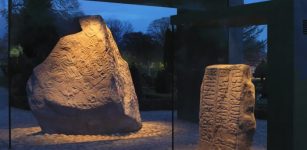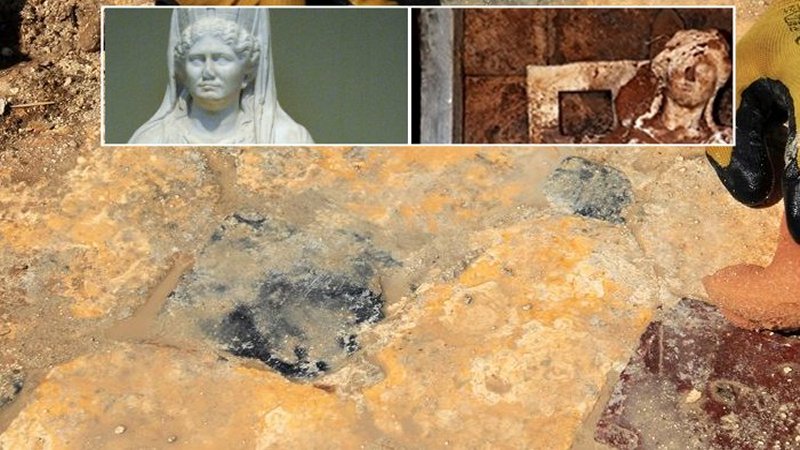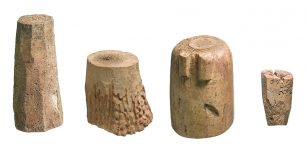Did Archaeologists Really Find The Legendary Trojan Horse?
MessageToEagle.com – Turkish archaeologists excavating on the site of the historical city of Troy on the hills of Hisarlik, have unearthed a large wooden structure. They believe they have found pieces of the Trojan Horse.
The Trojan Horse is considered to be a mythical structure. Is there any truth behind this famous myth?
The Trojan Horse is mentioned in a great poem “Aeneid” written by a classical Roman poet, Virgil, in 19 BC and in other ancient Greek sources.
Pausanias, a Greek traveller and geographer of the 2nd century AD, theorized that the Trojan horse was a gigantic battering ram whose form reminded of a horse.
Ancient Greek historians believed that the siege of Troy was probably between 1300 and 1100 BC, and it is known that the Assyrians at this time had the habit of naming their great siege machines after animals.
The Trojan Horse could have been one of such siege machines built by the Greeks in order to finalize their war planes.

“Archaeologists say that excavations brought to light dozens of fir planks and beams up to 15 meters long, assembled in a strange form. The wooden assembly was inside the walls of the ancient city of Troy. Fir planks were used for building seafaring ships,” reports The Greek Reporter
The structure found fits the description by Homer, Virgil, Augustus and Quintus Smyrnaeus. So, archaeologists tend to believe that the finding is indeed the remains of the subterfuge Greeks used to conquer ancient Troy.

“For their return home, the Greeks dedicate this offering to Athena.”
See also:
Did The Ancient Trojan Horse Really Exist?
Quintus Smyrnaeus refers to the particular plate in his epic poem “Posthomerica” and the plate was also found on the site.
“The carbon dating tests and other analysis have all suggested that the wooden pieces and other artifacts date from the 12th or 11th centuries B.C.,” says Professor Morris.
“This matches the dates cited for the Trojan War, by many ancient historians like Eratosthenes or Proclus. The assembly of the work also matches the description made by many sources. I don’t want to sound overconfident, but I’m pretty certain that we found the real thing!”
MessageToEagle.com










